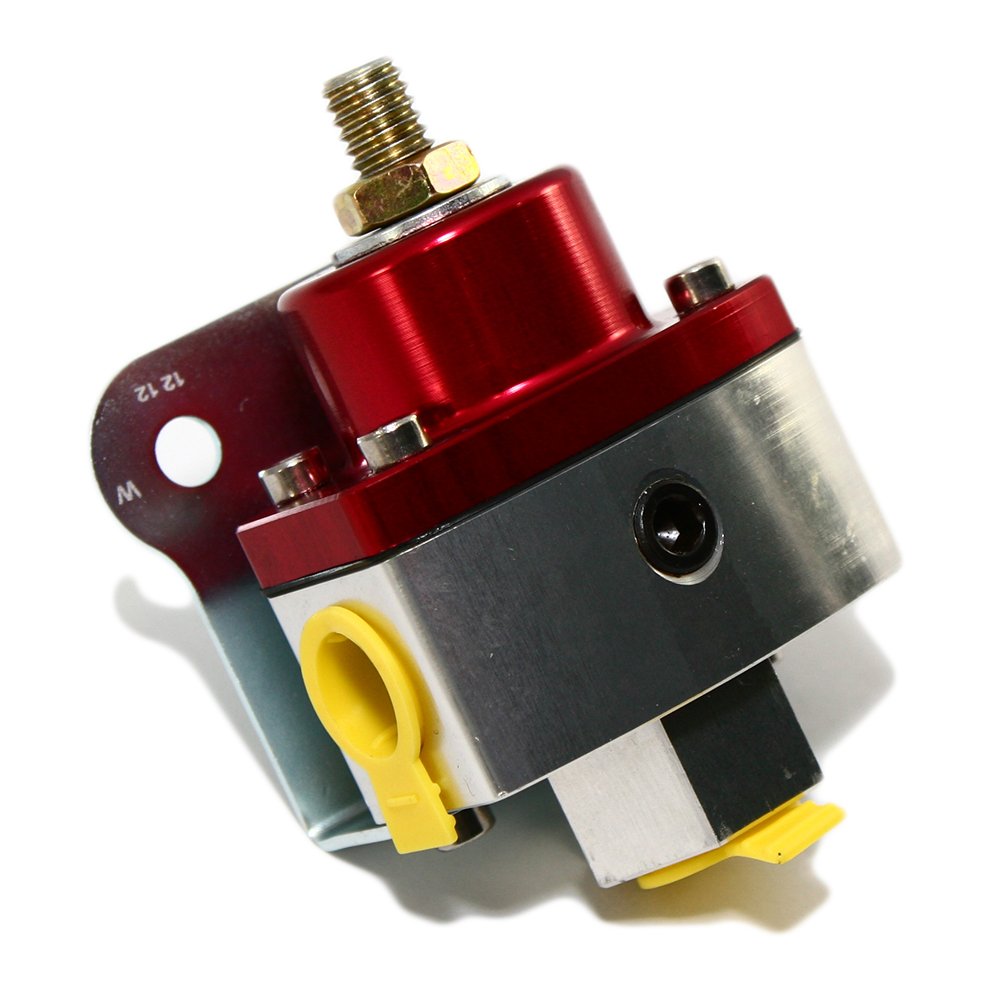How Fuel Pressure Regulators Keep Your Engine Running Smoothly
In the intricate world of automotive engineering, one component plays a crucial role in ensuring your engine runs smoothly: the fuel pressure regulator. This seemingly small device is essential for maintaining the right fuel pressure throughout the fuel system, allowing your engine to perform at its best. Understanding how fuel pressure regulators work can help you appreciate their significance in the overall functionality of your vehicle.
Fuel pressure regulators act as gatekeepers of fuel supply, adjusting the pressure delivered to the fuel injectors based on the engine’s needs. By keeping fuel pressure at optimal levels, they prevent issues such as fuel starvation or flooding, which can lead to poor engine performance or even damage. In this article, we will explore the mechanics behind fuel pressure regulators and how they contribute to a seamless driving experience.
Understanding Fuel Pressure Regulators
Fuel pressure regulators are essential components in the fuel delivery system of an internal combustion engine. Their primary role is to maintain a consistent fuel pressure within the system, ensuring that the fuel injectors receive the right amount of fuel necessary for optimal engine performance. This regulation of pressure is crucial because any fluctuations can lead to poor engine performance, decreased fuel efficiency, and increased emissions.
The operation of a fuel pressure regulator is relatively straightforward. It utilizes a spring-loaded diaphragm that adjusts the flow of fuel based on the pressure in the fuel rail. When the pressure rises above a predetermined level, the diaphragm moves to open a return line to the fuel tank, allowing excess fuel to flow back and maintaining the pressure within the desired range. Conversely, if the pressure drops, the diaphragm closes the return line, allowing for a build-up of fuel pressure for better injector performance.
In modern vehicles, fuel pressure regulators are often integrated within the fuel pump assembly or may be placed on the fuel rail itself. This integration ensures efficient management of fuel delivery while minimizing the number of components in the system. Understanding how these regulators function and their importance can help vehicle owners appreciate the role they play in keeping engines running smoothly and efficiently.
How Regulators Affect Engine Performance

Fuel pressure regulators play a crucial role in maintaining the optimal fuel pressure for an engine's performance. When the engine is running, the regulator ensures that fuel pressure remains consistent, regardless of changes in fuel demand. A stable fuel supply is essential for proper combustion, which directly affects how smoothly the engine operates. If the pressure fluctuates, it can lead to uneven fuel delivery, causing rough idling, misfires, or a decrease in acceleration.
Moreover, the efficiency of the engine is closely linked to the functionality of the fuel pressure regulator. When the regulator fails or becomes clogged, it can restrict fuel flow, resulting in a lean fuel mixture. This lack of fuel can lead to overheating and potential engine damage over time. Conversely, excessive pressure can flood the engine with fuel, causing increased emissions and reduced fuel economy. Thus, a well-functioning regulator is vital for maintaining the delicate balance needed for optimal engine performance.
In addition to performance and efficiency, fuel pressure regulators also contribute to the longevity of the engine. By providing the correct amount of fuel under varying conditions, the regulator helps to reduce engine wear and tear. This not only helps in extending the life of engine components but also prevents the costly repairs associated with fuel-related issues. Therefore, understanding the role of fuel pressure regulators is essential for any vehicle owner looking to keep their engine running smoothly.
Common Issues and Maintenance Tips
Fuel pressure regulators can experience several common issues that may affect engine performance. A significant problem is a vacuum leak, which can lead to erratic fuel pressure and result in poor fuel efficiency or engine stalling. Another potential issue is a malfunctioning diaphragm, which can cause fuel to leak into the vacuum line, leading to a rich fuel mixture and increasing emissions. Regularly inspecting these components can help catch problems early and prevent more extensive damage.
Maintaining your fuel pressure regulator involves checking for signs of wear and leakage. Make sure to inspect fuel lines and connections for cracks or damage that could lead to pressure drops. Additionally, keeping the fuel filter clean helps ensure that debris does not enter the regulator, extending its lifespan. If you notice any irregularities in engine performance, it is wise to test the fuel pressure using a gauge to determine if the regulator is functioning correctly.
If you suspect a faulty fuel pressure regulator, replacing it promptly will keep your engine running smoothly. Periodic maintenance should include cleaning and replacing fuel filters, as well as verifying the integrity of the fuel system. Staying proactive with these tasks can help avoid unexpected breakdowns and maintain optimal engine performance.